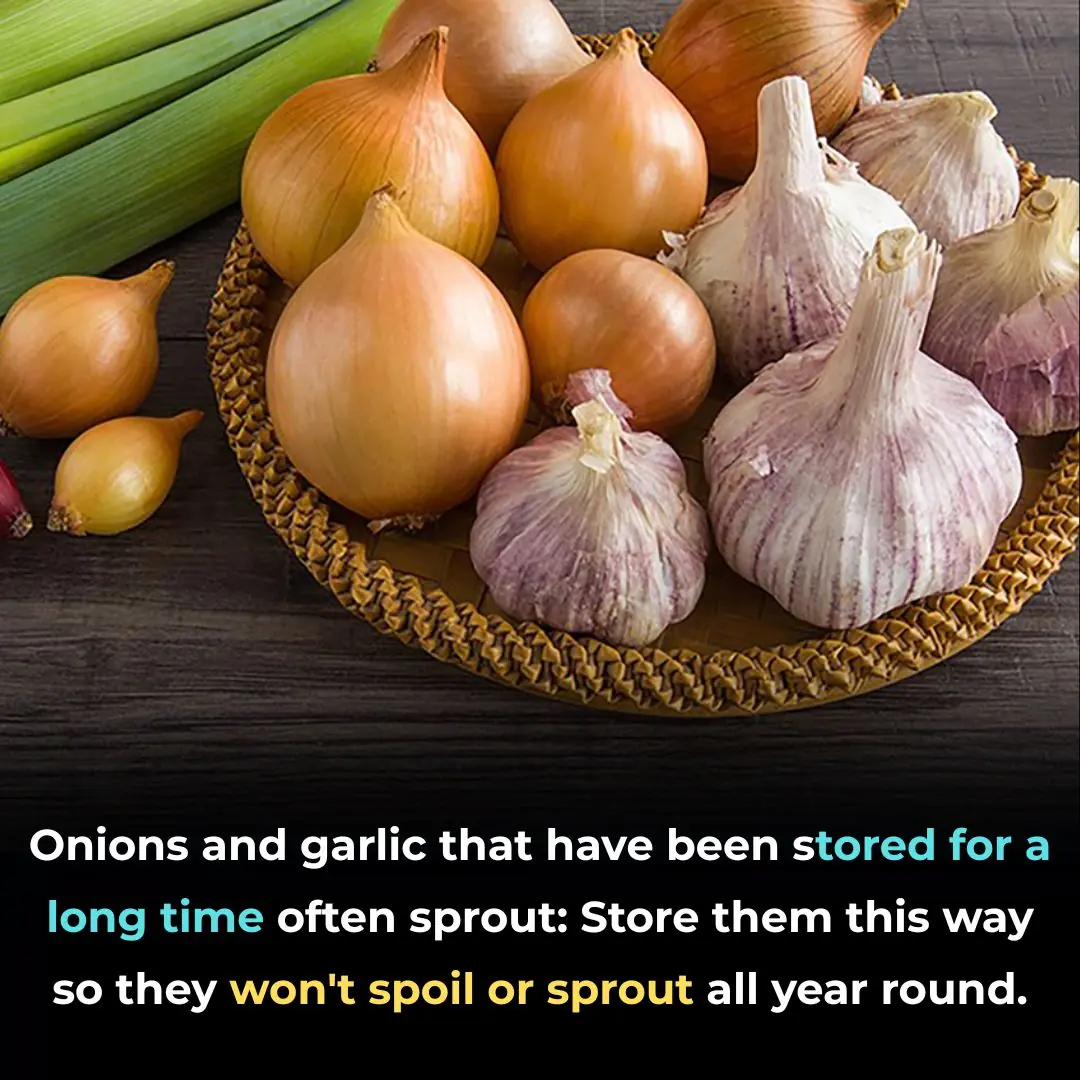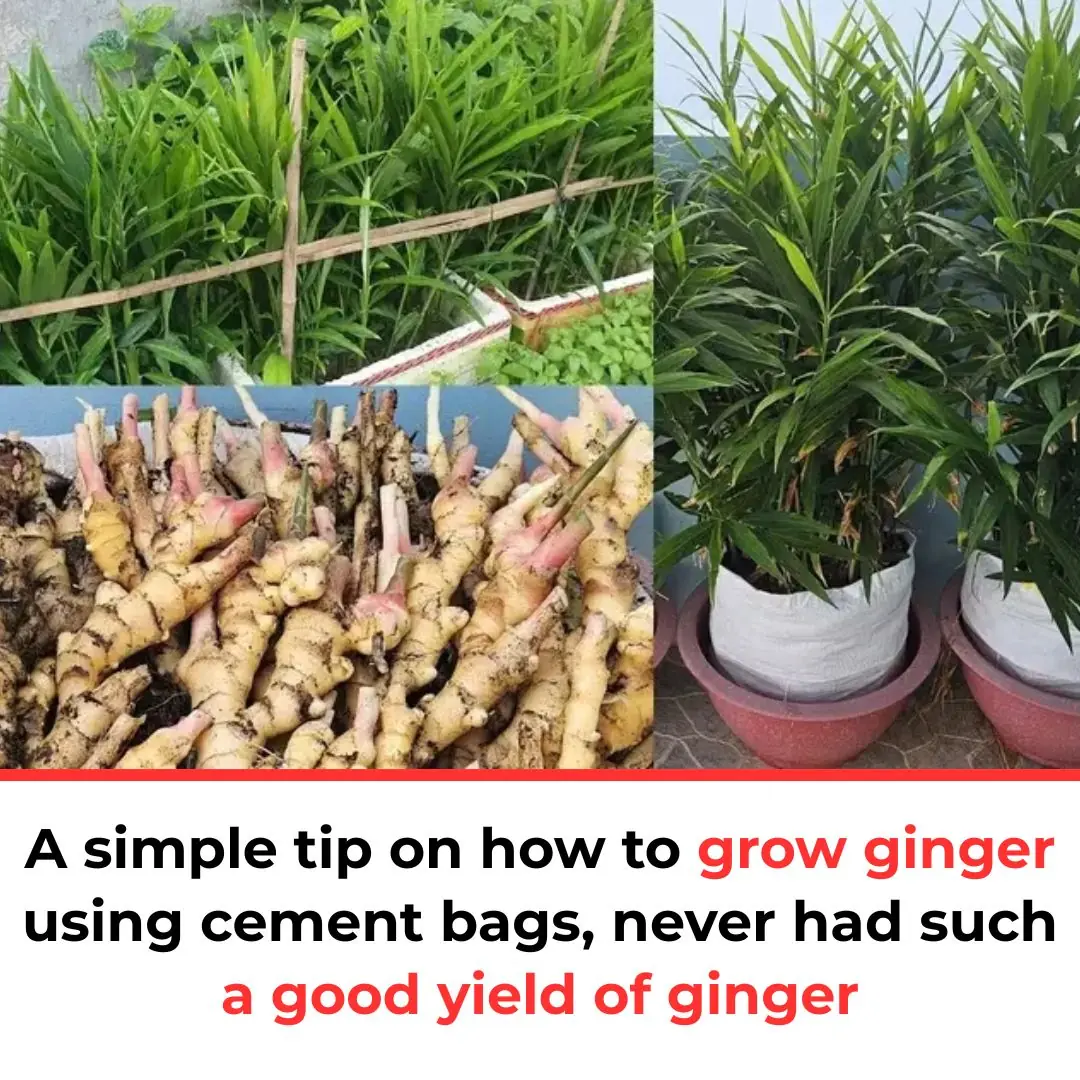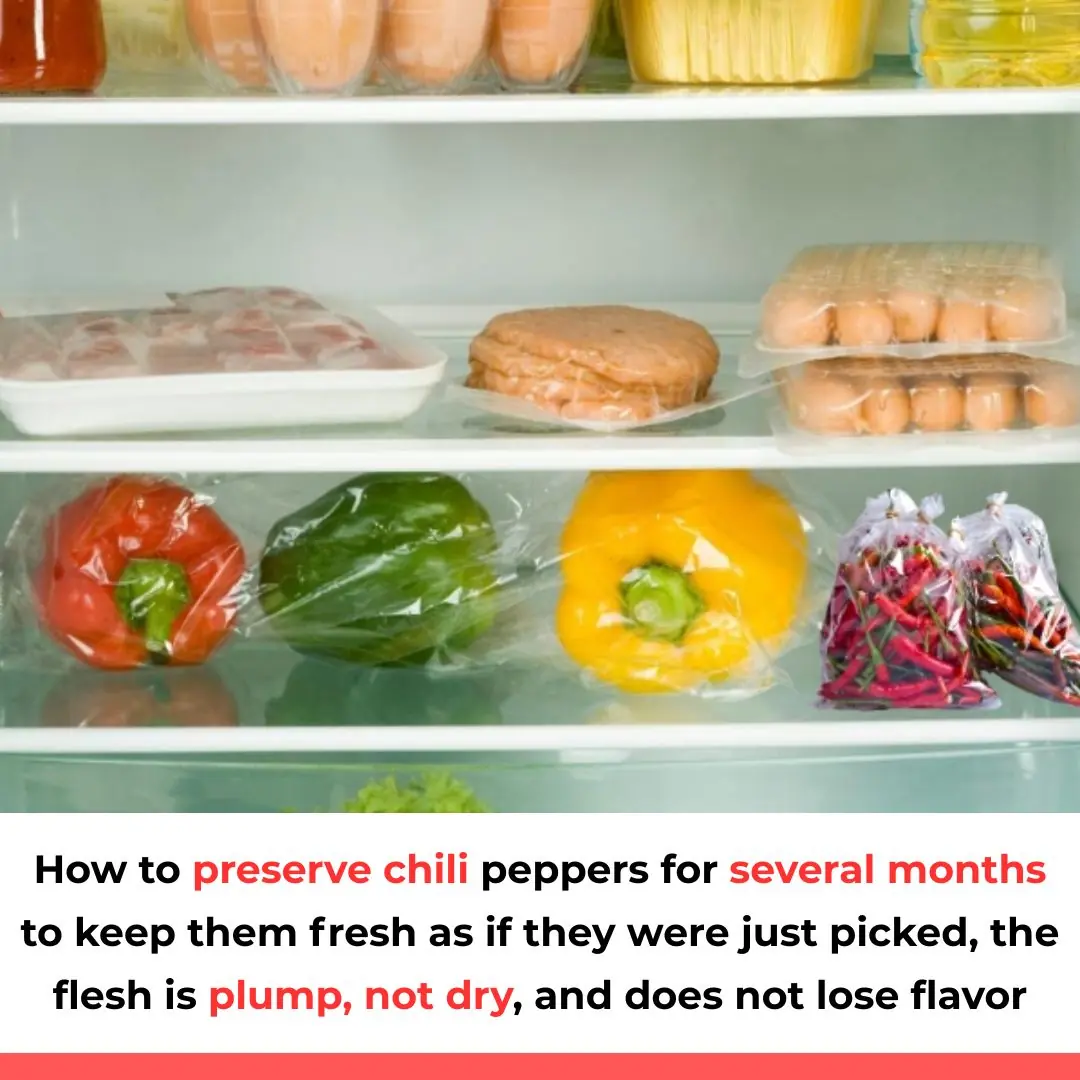
To make chili produce more fruit, you can apply the following tips.
How to Grow Chili Peppers at Home for a Healthy and Fruitful Harvest
Chili peppers belong to the nightshade family and originate from the Americas. Today, they are grown all over the world and are widely used as a spice in countless dishes. There are many varieties of chili peppers, each with its own level of heat and unique flavor.
Besides being a popular culinary ingredient, chili peppers are also known for their medicinal properties and health benefits. They can help boost immunity, promote weight loss, improve appetite, and even relieve symptoms of colds and flu thanks to their high content of capsaicin and vitamins A and C.
Chili plants are quite easy to grow. You can plant them in your garden or even in small pots at home — they are both decorative and useful, giving you a constant supply of fresh, spicy peppers.
If you want your chili plants to grow strong and produce plenty of fruit, here are a few essential tips to follow.
1. Prepare the Soil Before Planting
To help your chili plants thrive, proper soil preparation is key. Before planting, enrich the soil with organic matter to ensure the plants receive enough nutrients for strong growth. You can use composted chicken manure, cow manure, or plant ash as a base fertilizer.
Mix these materials into the soil at the bottom of the pot or planting hole, then add a layer of good-quality soil on top before planting your chili seedlings. This “base fertilizing” step helps the plant develop a robust root system and provides long-lasting nutrition.
2. Apply Additional Fertilizer During the Growing Stage
Once the chili plant becomes sturdy and begins to bloom, it’s time to provide additional nutrients to encourage fruiting. This process is known as “booster fertilizing.”
You can easily use household items to nourish your plants naturally, such as:
-
Organic compost or decomposed kitchen waste
-
Rice washing water, which adds gentle nutrients
-
Eggshells, crushed and mixed into the soil for extra calcium
Regular feeding will help your chili plants produce more blossoms and, as a result, more peppers.
3. Important Growing Conditions and Care Tips
To grow healthy, high-yield chili plants, pay attention to their living conditions.
Chili plants prefer light, well-draining soil, ideally a loamy or sandy mix. They do not tolerate waterlogging — excessive moisture can cause root rot and other fungal issues. Keep the soil slightly moist but never soggy.
The ideal temperature for chili seed germination and growth is between 25°C and 30°C (77°F–86°F). Since chili peppers love sunlight, make sure to place your plants in a bright location where they can receive at least 6 hours of direct sunlight each day.
Chili plants are moderately drought-sensitive, so regular watering is important, especially during dry or hot periods. However, always avoid overwatering.
If you want your plant to bear more fruit, you can manually assist pollination by gently shaking the flowers or using a small brush to transfer pollen from one flower to another.
When the plant reaches about 20–25 cm (8–10 inches) in height, prune off the excess branches to help it grow more compactly and focus its energy on producing flowers and fruits.
After each harvest, you can apply another round of fertilizer and consistent watering to encourage the plant to produce another crop of chili peppers.
Final Thoughts
Growing chili peppers at home is both simple and rewarding. Not only do they add a touch of color and vibrancy to your garden, but they also provide a constant supply of fresh, flavorful peppers for your meals. With the right care — proper soil preparation, balanced fertilizing, and consistent watering — your chili plants will thrive and keep rewarding you with spicy, delicious fruits all year round.
News in the same category


Onions and garlic that have been stored for a long time often sprout: Store them this way so they won't spoil or sprout all year round.

Toilet lid and seat are yellowed for a long time: Apply this tip to whiten the toilet and remove all bad odors

Drop this handful of leaves into fish stock: Big or small fish will be tender, no longer fishy, and delicious.

A simple tip on how to grow ginger using cement bags, never had such a good yield of ginger

Blanching pork in boiling water, you think it's clean but it absorbs more dirt: This is the right way to do it

Don’t Use Just Water: This Clever Trick Makes Dirty White Walls Look Brand New in Minutes

Miracle Sleep Aid: Placing One Orange Beside Your Bed Can Dramatically Improve Your Health

There are two very precious parts on the pig: ginseng and bird's nest, so you can eat comfortably without getting fat

Smelly trash cans can be solved in a snap with this little trick

Never clean switches at home with water when they are dirty, here is a tip to clean them like new

Apply This on Your Knife — Even the Dullest Blade Will Turn Razor-Sharp and Shiny Without a Whetstone

The Secret Trick Behind a Beer Bottle Cap: How to Open It Easily Without a Bottle Opener

10 Brilliant Uses of Baking Soda That Can Solve Many Household Problems

Revealed: Tips to clean shiny ceramic tiles at home without spending a penny

How to preserve chili peppers for several months to keep them fresh as if they were just picked, the flesh is plump, not dry, and does not lose flavor

Toilet flushes weakly and has no suction? Repairman teaches you a trick and you can fix it

When making spring roll filling, remember one step carefully so the spring rolls don't leak water, tear the leaves, and stay crispy when cold.

How to wash and condition hair with rice water to reduce hair loss and help new hair grow continuously

Cooking sticky rice with just water is not enough: Doing it this way will make the sticky rice soft and sticky, reducing the cooking time by half.
News Post

Tems to Headline First-Ever FIFA Club World Cup Final Halftime Show

BLK & Bold, the First Black-Owned Nationally Distributed Coffee Brand, Expands to Costco

One Vitamin That Could Transform Your Circulation

White Bumps on Your Face Don’t Try to Remove Them

How the U.S. government shutdown is set to upend the lives of thousands of ordinary Americans

From Prophecy to Preparedness: Ghana’s Ark Builder and the Questions Behind Apocalyptic Claims

Trump Schedules White House UFC Fight for His 80th Birthday After Sharing Plans for the Dramatic Stage

Concerns for sobbing Amy Dowden following Strictly exit

Strictly stars Amber Davies and Nikita Kuzmin warned over behind-the-scenes ‘rift’

Queen Camilla's cheeky tribute to Jilly Cooper wishing her 'impossibly handsome men' in hereafter

Transfer battle intensifies for wanted former Huddersfield Town man

Tips to clean the washing machine drum from mold with familiar, inexpensive items without vinegar or bleach

Onions and garlic that have been stored for a long time often sprout: Store them this way so they won't spoil or sprout all year round.

Toilet lid and seat are yellowed for a long time: Apply this tip to whiten the toilet and remove all bad odors

Drop this handful of leaves into fish stock: Big or small fish will be tender, no longer fishy, and delicious.

Prince Harry Had Two Close Encounters with Known Stalker During Recent U.K. Visit

A simple tip on how to grow ginger using cement bags, never had such a good yield of ginger

Blanching pork in boiling water, you think it's clean but it absorbs more dirt: This is the right way to do it

Married at First Sight UK fans crown 'best match' after two weeks
